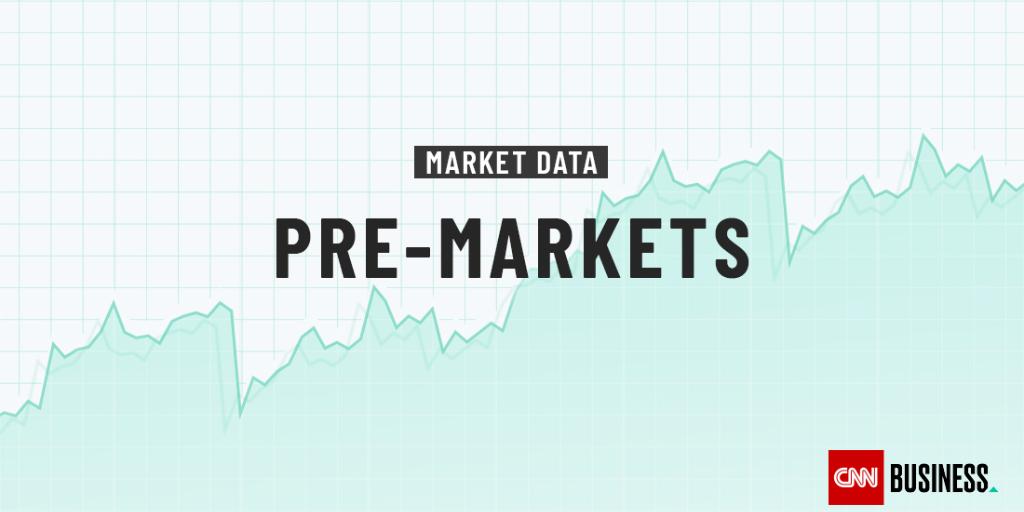Performance Optimization Using Big Data
In today's digital age, organizations across industries are generating vast amounts of data at an unprecedented rate. This data, often referred to as "big data," holds tremendous potential for businesses to gain valuable insights and optimize their performance. However, extracting meaningful information from this massive volume of data can be a daunting task without the aid of advanced data analytics techniques. In this article, we will explore the concept of big data, the role of data analytics in optimizing performance, and the various ways organizations can leverage these tools to drive success.
Understanding Big Data
Big data refers to the enormous volume, velocity, and variety of data that organizations generate on a daily basis. It encompasses structured and unstructured data from a wide array of sources, including customer interactions, social media, sensor data, financial transactions, and more. The three V's of big data—volume, velocity, and variety—highlight the challenges associated with processing and analyzing such vast amounts of information.
The Role of Data Analytics
Data analytics involves the extraction, transformation, and analysis of data to uncover patterns, trends, and insights that can inform decision-making and drive business outcomes. By leveraging data analytics techniques, organizations can gain a competitive edge by making data-driven decisions, improving operational efficiency, enhancing customer experiences, and identifying new growth opportunities.
Enhancing Decision-Making with Data Analytics
One of the primary benefits of data analytics is its ability to empower organizations to make informed decisions. By analyzing historical and real-time data, businesses can identify trends, predict outcomes, and make proactive decisions. Data analytics enables organizations to move away from traditional gut-feel and intuition-based decision-making towards evidence-based strategies, leading to improved outcomes and reduced risks.
Improving Operational Efficiency
Data analytics can significantly enhance operational efficiency by identifying bottlenecks, optimizing processes, and reducing costs. By analyzing operational data, organizations can identify inefficiencies, streamline workflows, and allocate resources more effectively. For example, supply chain analytics can help organizations optimize inventory levels, reduce delivery times, and improve overall logistics management.
Personalizing Customer Experiences
In today's customer-centric landscape, organizations need to deliver personalized experiences to attract and retain customers. Data analytics enables businesses to gain a deep understanding of customer preferences, behavior, and needs. By analyzing customer data, such as purchase history, browsing patterns, and demographic information, organizations can tailor their offerings, create targeted marketing campaigns, and provide personalized recommendations, resulting in increased customer satisfaction and loyalty.
Forecasting and Predictive Analytics
Data analytics can also be leveraged for forecasting and predictive modeling, enabling organizations to anticipate future trends and outcomes. By analyzing historical data and applying statistical models, organizations can make accurate predictions about market demand, customer behavior, and other variables that impact their business. This foresight allows businesses to proactively adjust strategies, allocate resources efficiently, and capitalize on emerging opportunities.
Identifying New Growth Opportunities
In addition to optimizing existing operations, data analytics can help organizations identify new growth opportunities. By analyzing market trends, customer preferences, and competitor data, businesses can uncover untapped market segments, identify emerging trends, and develop innovative products or services. Data analytics can also aid in market segmentation, allowing organizations to target specific customer groups with tailored offerings, ultimately driving revenue growth and market expansion.
Overcoming Challenges and Ensuring Data Privacy
While the benefits of big data and data analytics are vast, organizations must also address the challenges associated with their implementation. Data security and privacy are of utmost importance, as organizations deal with sensitive customer information. Robust data governance practices, including data anonymization, encryption, and access controls, should be in place to protect data from unauthorized access or breaches. Additionally, organizations should comply with relevant data protection regulations to ensure the ethical and responsible use of data.
Harnessing Real-time Analytics
In addition to analyzing historical data, organizations can also leverage real-time analytics to optimize their performance. Real-time analytics allows businesses to monitor and analyze data as it is generated, enabling them to make immediate, data-driven decisions. This capability is particularly valuable in industries that require quick response times, such as finance, e-commerce, and telecommunications. Real-time analytics can provide organizations with up-to-the-minute insights on customer behavior, website traffic, market conditions, and more, empowering them to react swiftly to changing circumstances and seize opportunities in real-time.
Implementing Machine Learning and Artificial Intelligence
Machine learning (ML) and artificial intelligence (AI) technologies have revolutionized the field of data analytics. These technologies enable computers to learn from data and make intelligent decisions without explicit programming. ML algorithms can uncover hidden patterns and correlations within large datasets, enabling organizations to gain deeper insights and make more accurate predictions. AI-powered analytics systems can automate tasks, provide personalized recommendations, and even autonomously detect anomalies or fraudulent activities. By incorporating ML and AI into their data analytics strategies, organizations can further enhance their performance optimization efforts and achieve greater efficiency and accuracy in their decision-making processes.
Data Visualization and Reporting
Data visualization plays a vital role in optimizing performance through big data and data analytics. The ability to present data in a visually appealing and intuitive manner allows stakeholders to quickly understand complex information and derive actionable insights. Data visualization tools and techniques, such as charts, graphs, dashboards, and interactive reports, enable organizations to communicate data effectively and facilitate data-driven decision-making. By presenting data visually, organizations can identify trends, spot outliers, and communicate key metrics, leading to better understanding and alignment across teams and departments.
Collaborative Analytics and Data Sharing
Optimizing performance through big data and data analytics often requires collaboration and data sharing across different teams and departments within an organization. By breaking down data silos and promoting collaboration, organizations can leverage the collective knowledge and expertise of their workforce to gain comprehensive insights and drive performance improvements. Collaborative analytics platforms allow teams to access and share data, collaborate on analysis, and derive insights together. This collaborative approach fosters cross-functional collaboration, encourages innovation, and ensures that insights are shared across the organization, leading to better decision-making and overall performance optimization.
Continuous Improvement and Iterative Analytics
The process of optimizing performance through big data and data analytics is not a one-time effort but rather an ongoing journey. Organizations should adopt a mindset of continuous improvement and embrace iterative analytics processes. This involves continuously collecting data, refining analytical models, and incorporating new insights into existing strategies. By monitoring key performance indicators (KPIs) and leveraging feedback loops, organizations can identify areas for improvement, make necessary adjustments, and drive incremental enhancements to their performance optimization efforts. Continuous improvement ensures that organizations stay agile, adapt to changing market conditions, and maintain a competitive edge in the long run.
Ethical Considerations and Responsible Data Use
As organizations harness big data and data analytics, it is crucial to consider the ethical implications and ensure responsible data use. Organizations should establish clear guidelines and ethical frameworks for data collection, analysis, and usage. They should respect privacy rights, obtain necessary consent, and implement appropriate data security measures to protect sensitive information. Transparent communication with customers regarding data usage and providing them with control over their data is essential to maintaining trust. Responsible data use not only safeguards customer privacy but also contributes to a positive brand image and fosters long-term customer loyalty.







 English (US) ·
English (US) ·